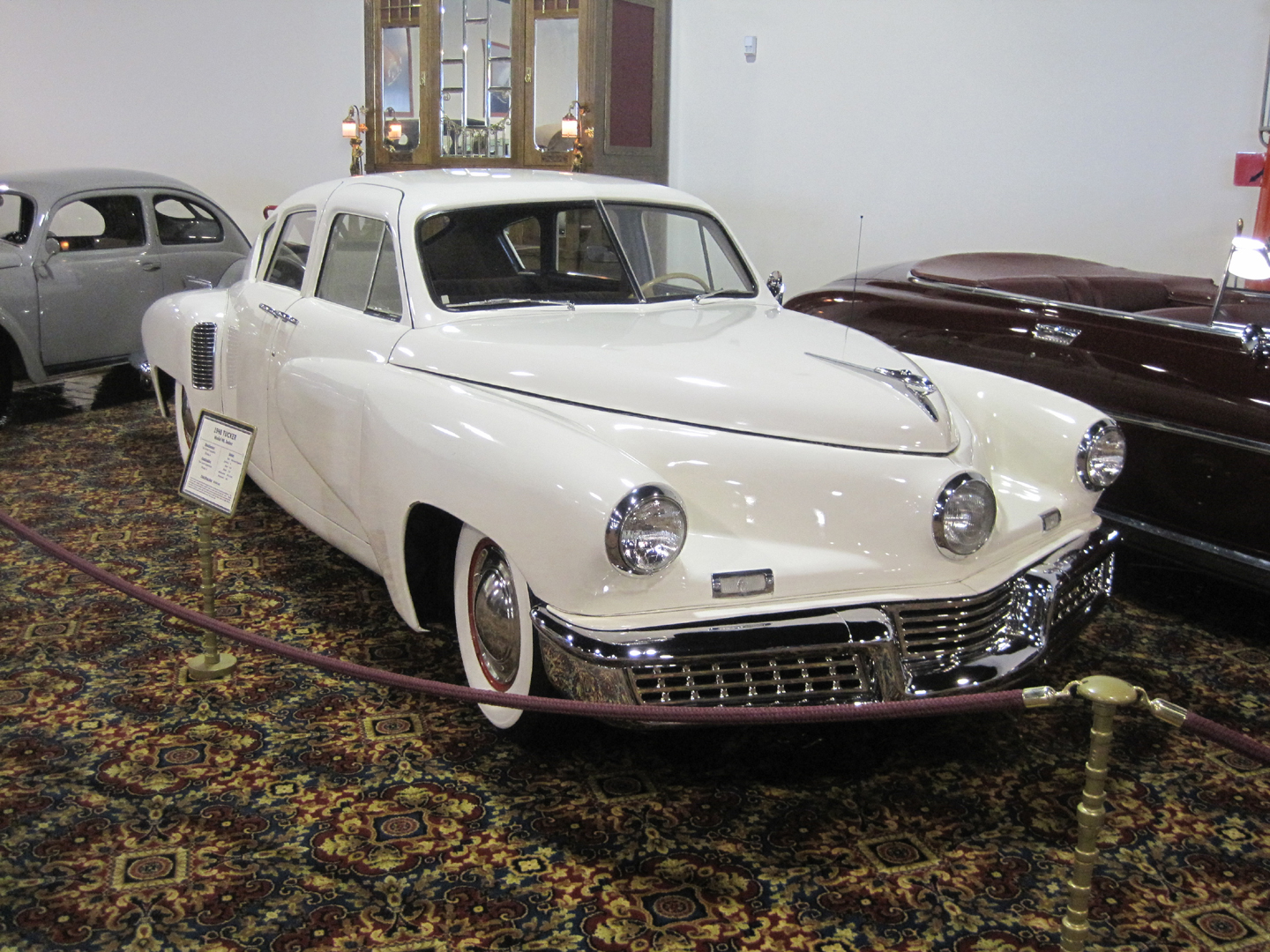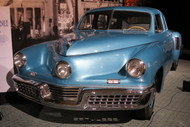True or False: The Big Three shut down Tucker?
Posted by Jil McIntosh on Dec 15th 2021
There were thousands of start-up automakers that made only a handful of cars, but the one most know is Tucker. Many believe he was put out of business by the “Big Three” of GM, Ford and Chrysler – but that likely isn’t what happened.
Preston Tucker planned to build an all-new car after the Second World War. Some of his innovative ideas weren’t feasible, such as hydraulic motors on each wheel rather than a driveshaft, or a periscope for 360-degree visibility. Others, like fuel injection, were still too far into the future.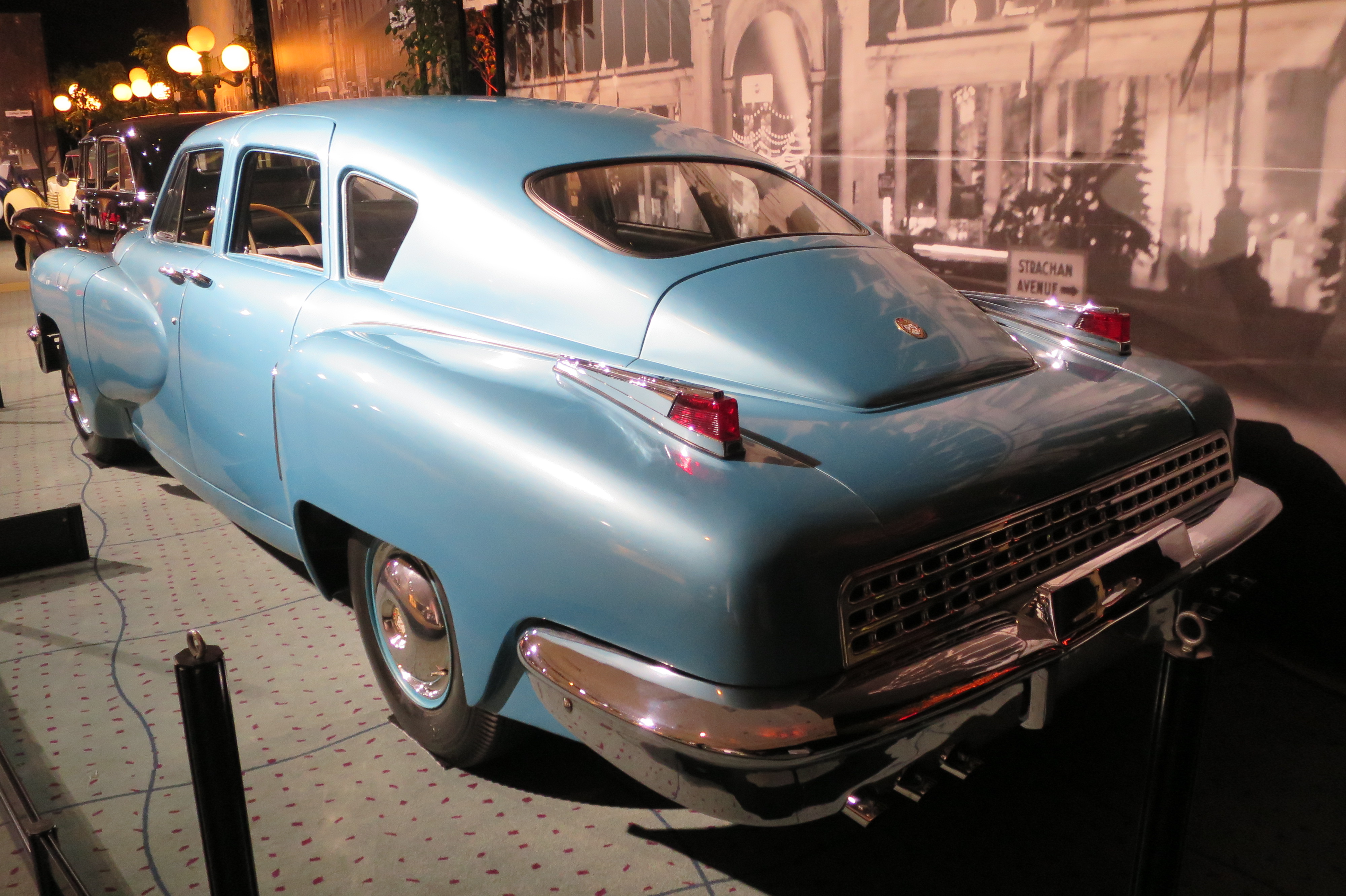
But his 1948 “Tucker Torpedo” did get a rear-mounted engine, swivelling center headlight, and several safety features.
Following the war, the government’s War Assets Administration (WAA) disposed of surplus military equipment. From it, Tucker leased an airplane engine plant in Chicago at $500,000 a year. To verify his commitment, the WAA needed to see $15 million in capital. Although he hadn’t yet built any cars, Tucker raised money through a dealer franchise program and $20 million stock issue. There wasn’t any other way to do it, but it laid the grounds for future problems.
His payroll went from 300 to 2,200 employees. Development was slow. Rather than buy his engines, he bought an engine company for $1.8 million. Tooling and development costs brought each engine to $1,500, which is what Tucker had initially budgeted to build the whole car.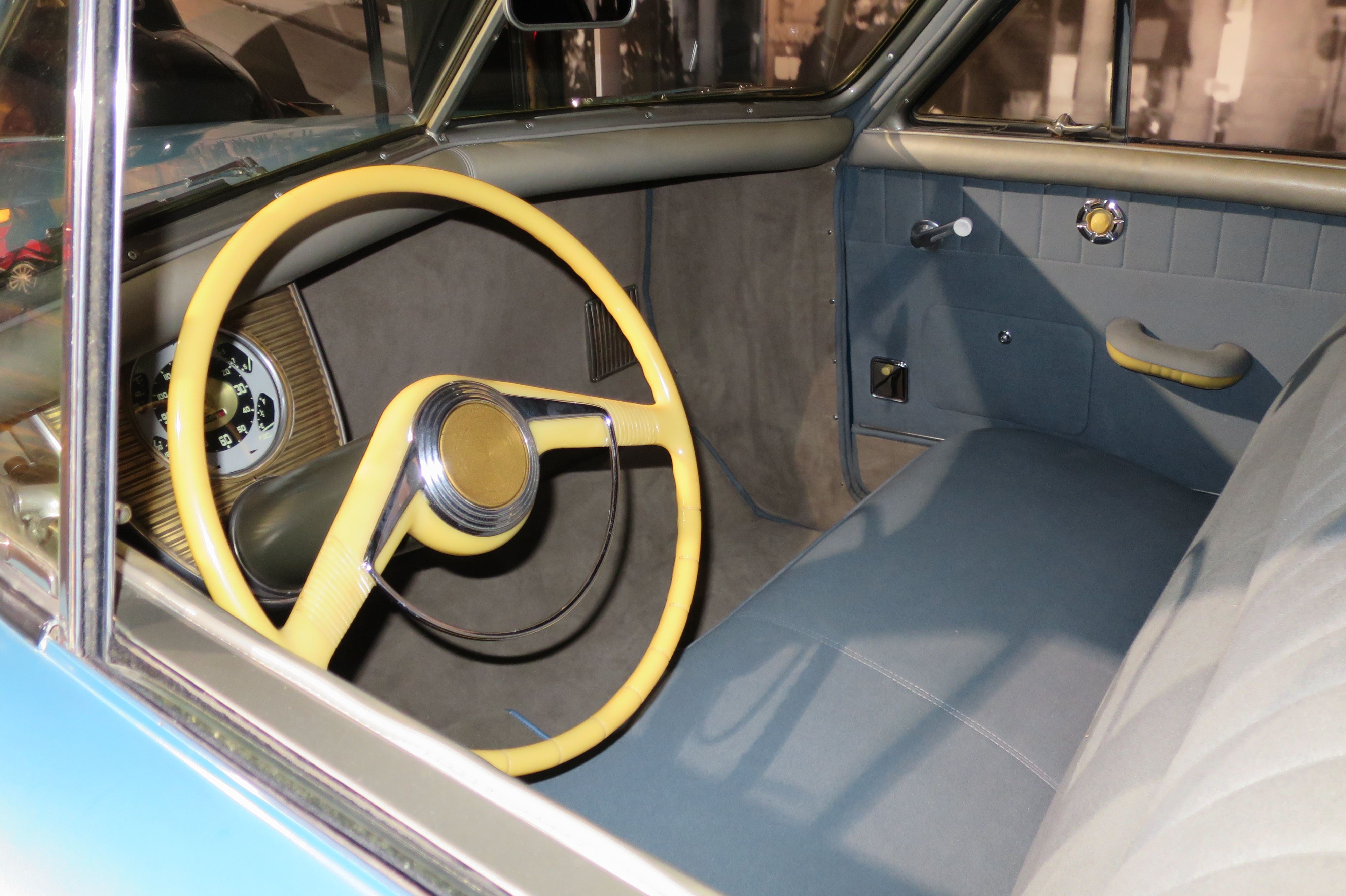
Returning soldiers created a postwar housing boom. The head of the U.S. National Housing Agency wanted to give Tucker’s factory to a prefabricated housing manufacturer. Tucker successfully fought eviction through several government levels, earning enemies at each one.
Due to war-related shortages, it was difficult for any automaker to get enough steel. Tucker tried and failed to buy two steel plants offered by the WAA, even though he was the highest bidder on both. It might have been Big Three pressure, but more likely from government officials he’d angered when fighting for his factory.
The Securities and Exchange Commission (SEC) had formed in 1934 to probe the type of unregulated stock trading that led to the Depression. It launched an investigation against Tucker. It might have been deliberate, or just that his pre-production stock issue was the type to catch the SEC’s attention, but either way, his stock value fell by half. To conserve funds, he idled the plant after 51 cars were built. It never reopened, and Tucker went bankrupt.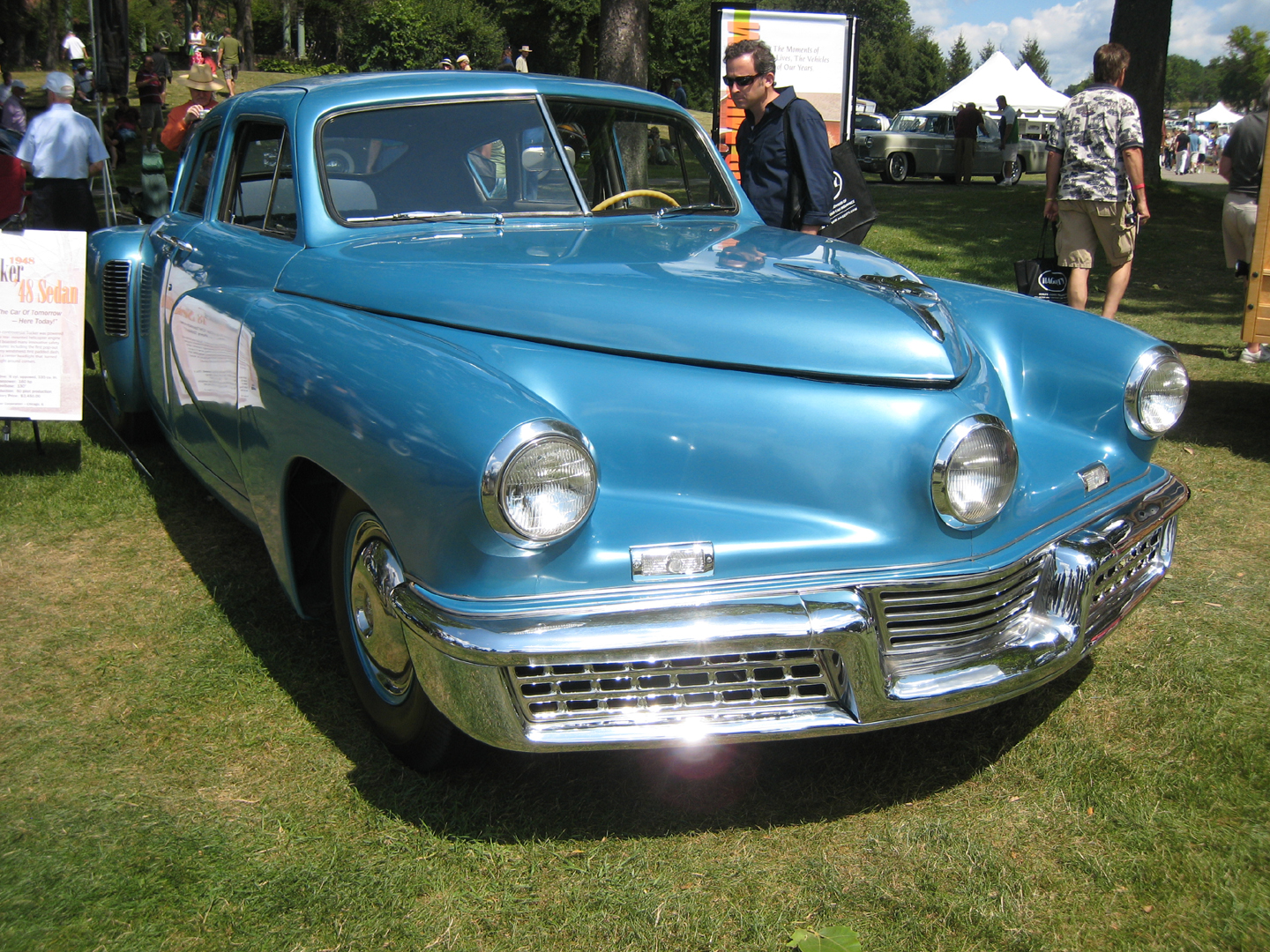
As for the other automakers? Detroit-based companies that made Tucker’s components, including some that supplied the Big Three, delivered top-quality parts on time. When Tucker redesigned his steering wheel, delaying production, Lincoln gave him 50 blemished wheels it couldn’t use, so his assembly line could run. That doesn’t really sound like sabotage.
Tucker’s chief stylist later wrote that the company needed a minimum $50 million to launch the new car, but only had $28 million. The Big Three probably weren’t thrilled about his presence, but it’s unlikely they shut him down. Instead, it seems Tucker’s government enemies, and his own underfunding, were the major forces at work.